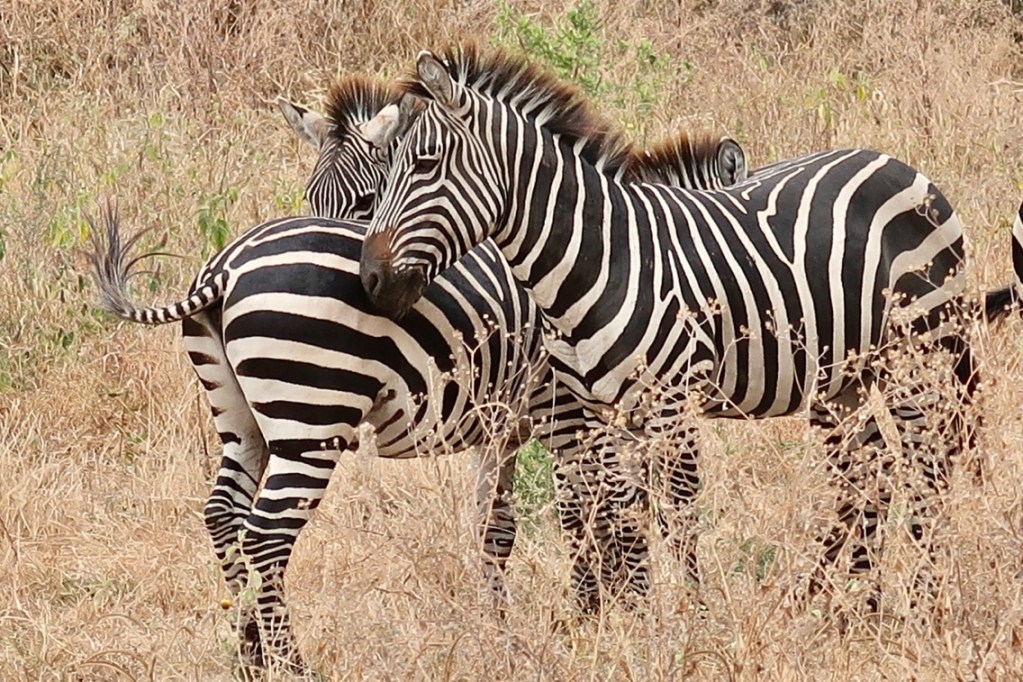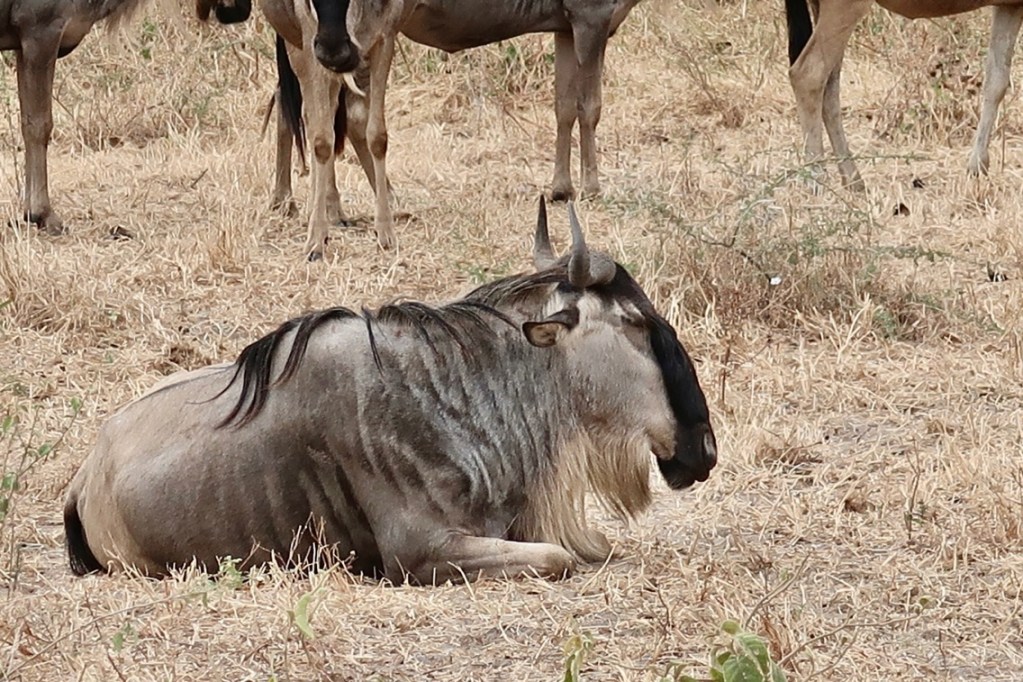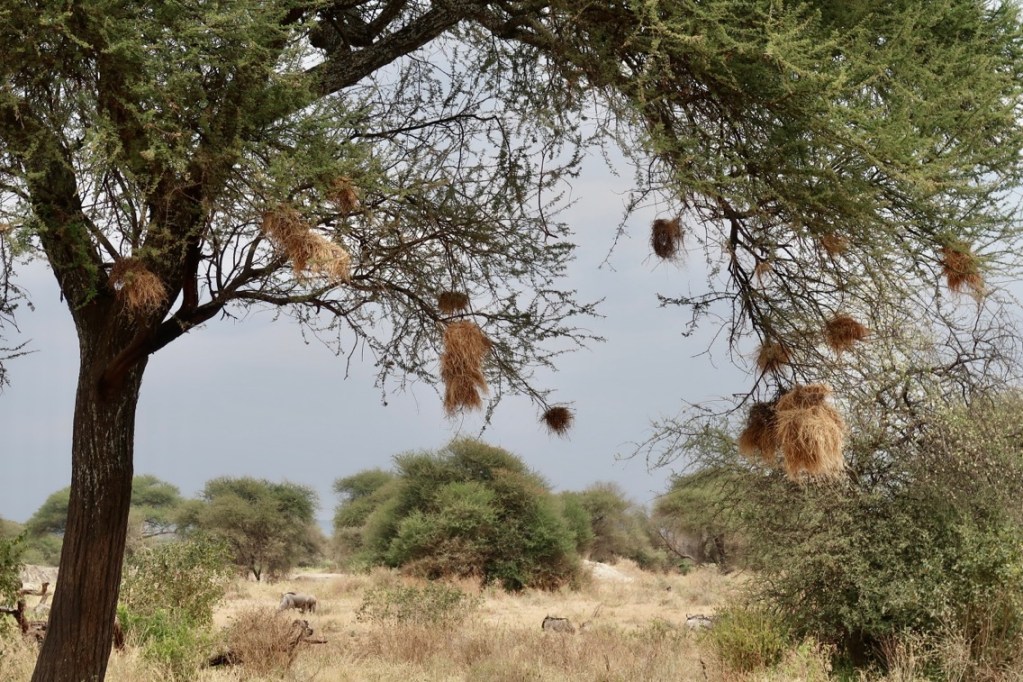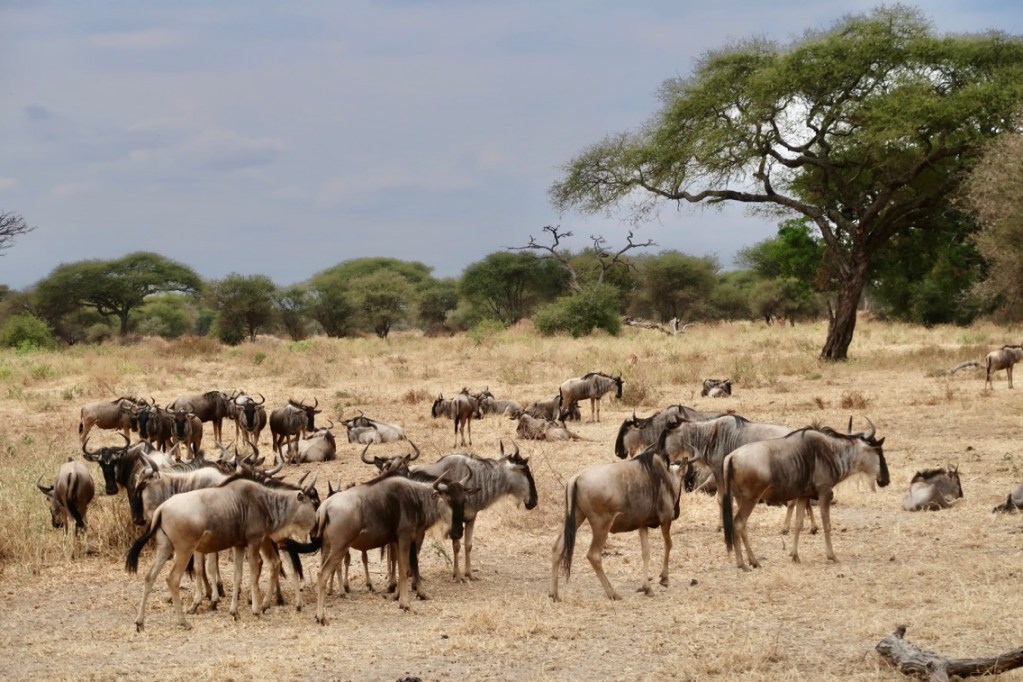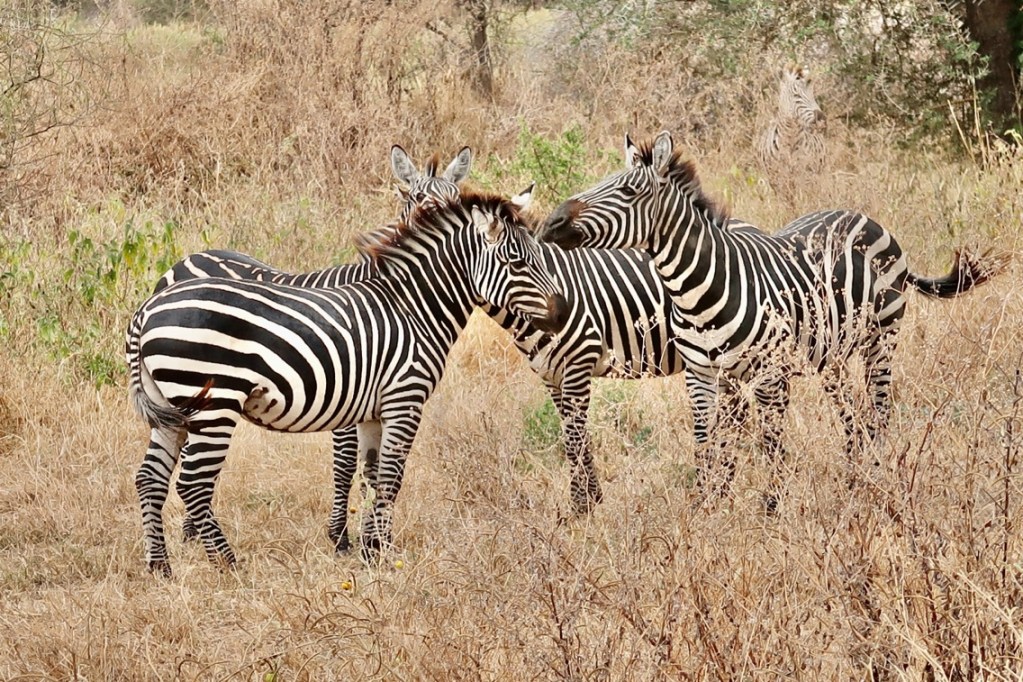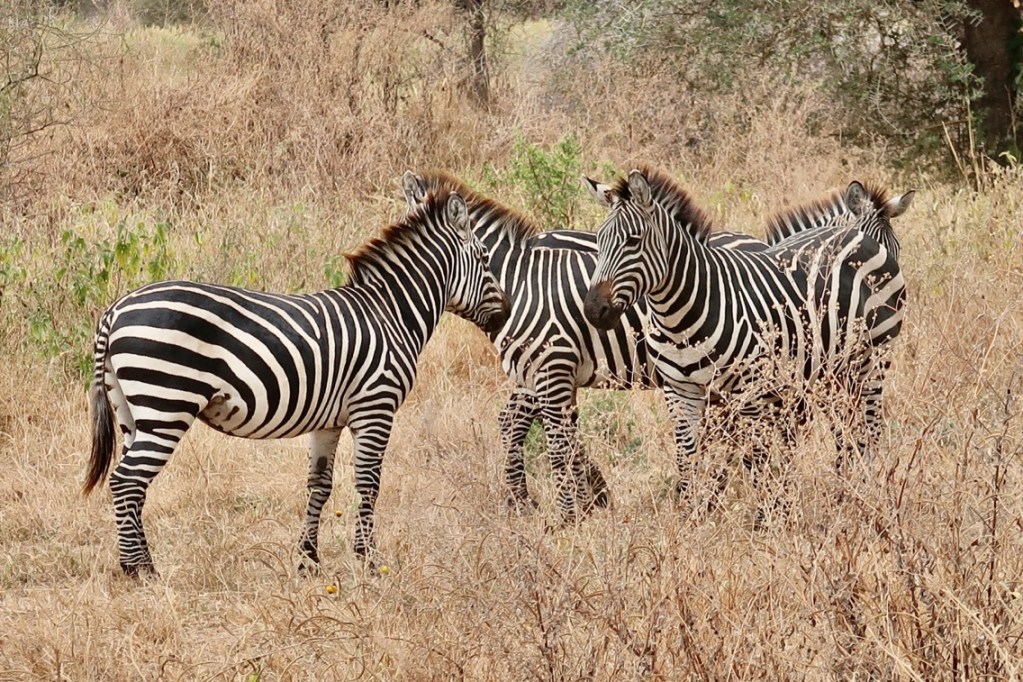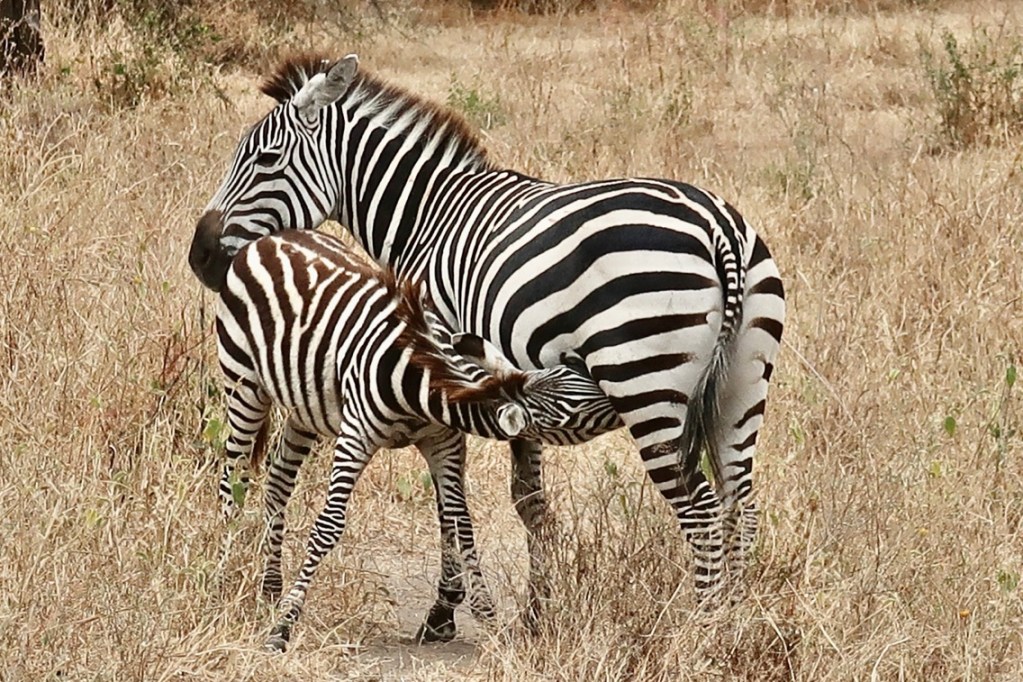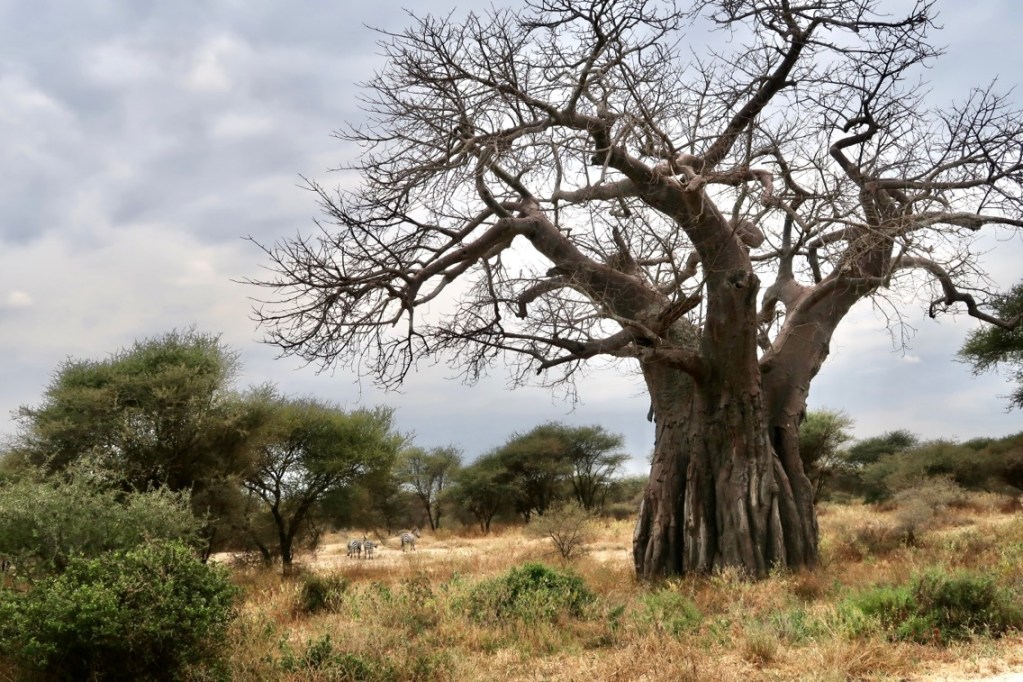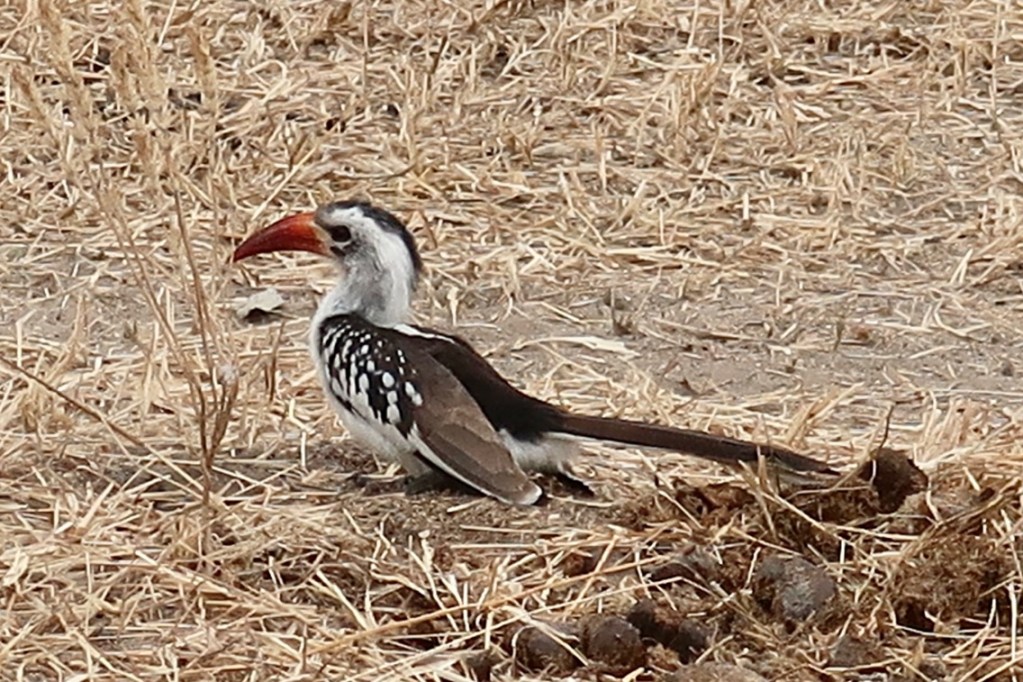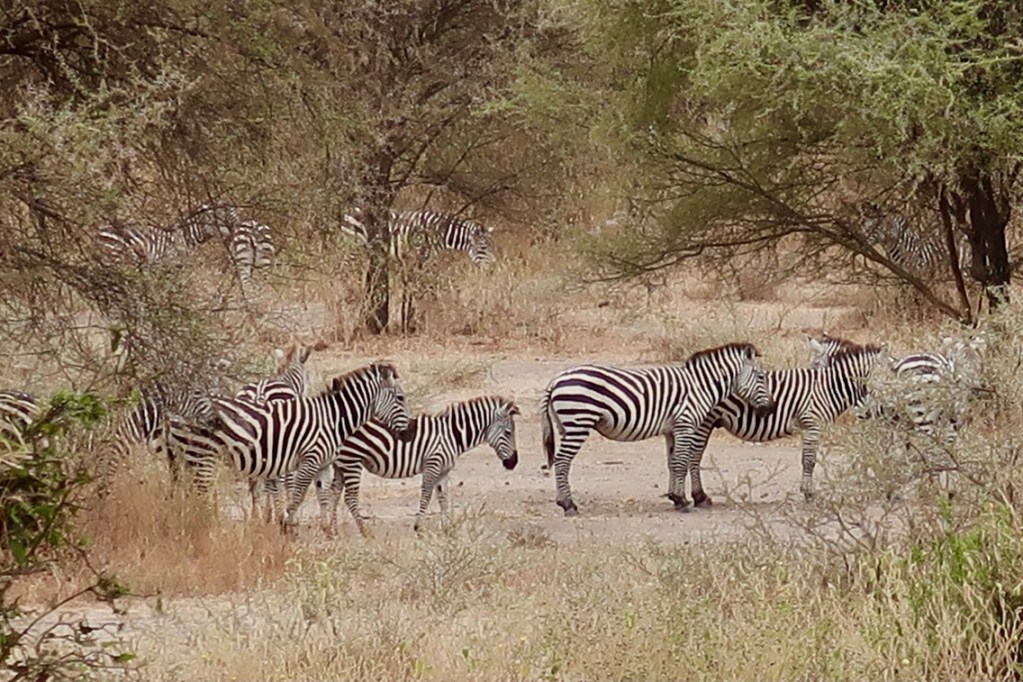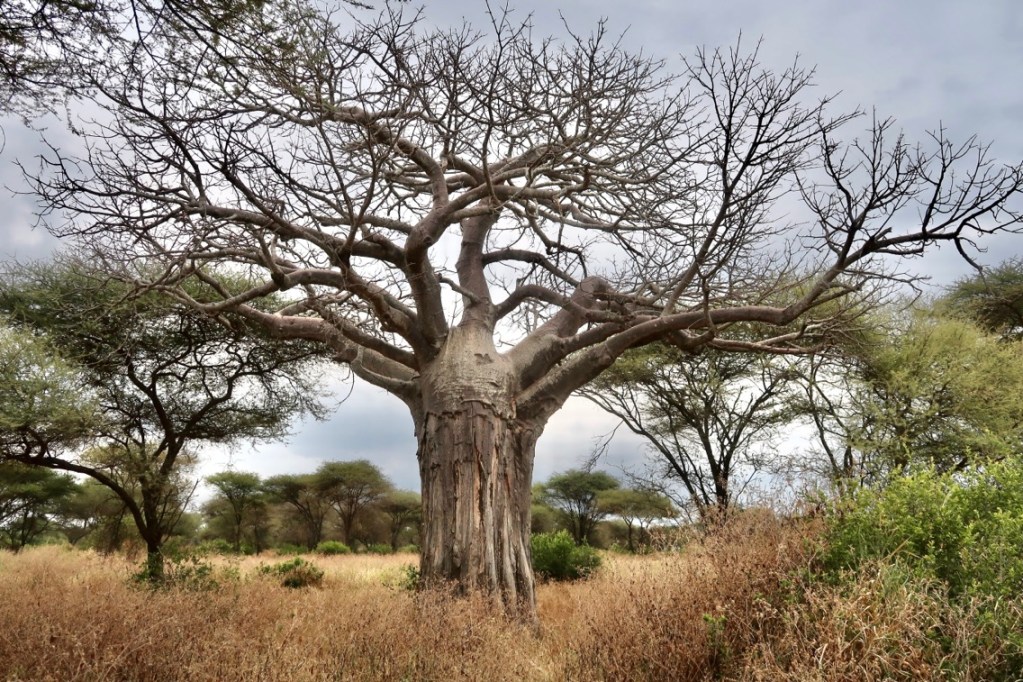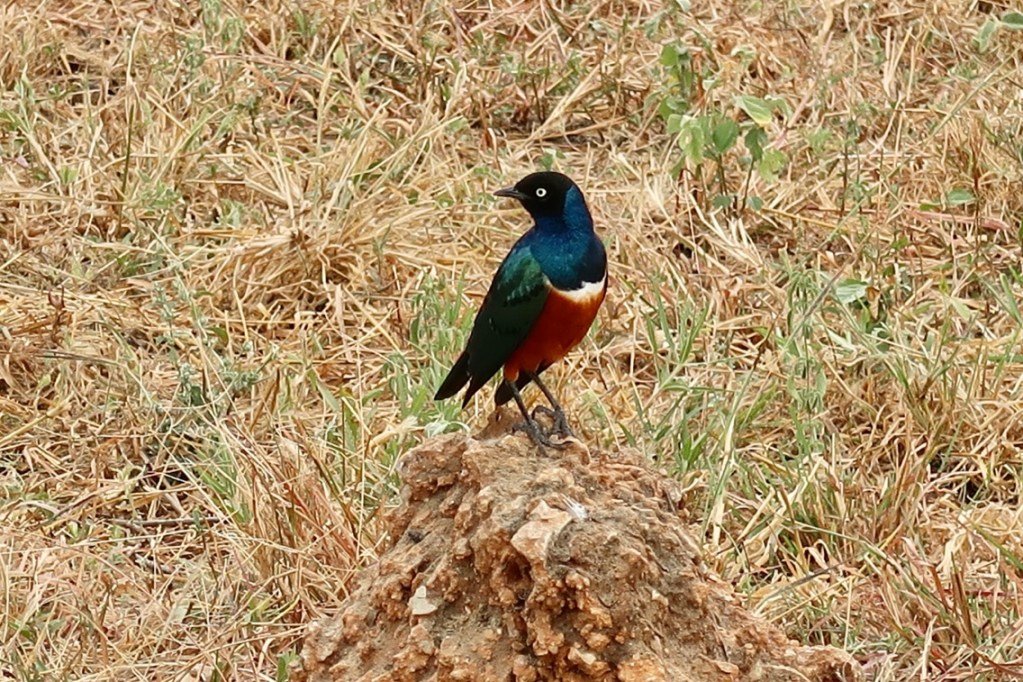Photos From The Tarangire National Park, And Fun Facts About Zebras, Tanzania
Photos From The Tarangire National Park, And Fun Facts About Zebras, Tanzania
I have fallen madly in love with zebras.
In Tanzania, zebras are not considered an endangered species.
They seem to thrive in the plains and also do well in all the varied terrains of the parks.
A mare (female) zebra is pregnant for 12-13 months, depending on the species.
The newborn zebra foal is able to stand up only six minutes after being born. They normally have a mixture of brown and white stripes until they reach maturity, when their stripes change to black and white.
For decades, scientists have wondered why zebras have stripes.
There is no doubt that the stripes confuse predators.
Zebras in the open field assume a resting position of standing head to butt, creating the illusion of a creature with a very big body and two heads.
This big body with its stripes confuses the eye of potential predators and make them think to look instead for a smaller animal to hunt.
Lions for example, have a hard time with the zebra’s camouflage and are distracted and confused because lions are almost color blind.
The lion’s eyes have fewer cones because of their structure.
So when they see a herd of zebras it’s confusing to detect a vulnerable individual, as everything is seen in vibrating black and white.
But now scientists think that the stripes are also an elaborate way nature gave the zebra to keep them cooler.
The dark stripes soak up more heat from the sunlight than the light ones, and this stirs up eddies of wind that swirls the heat away.
Other researchers discovered that biting insects are less attracted to striped patterns.
Beside their unique stripes, Zebras are far from helpless.
They can run at speeds of 65 kmph.
Each zebra has a unique black and white stripe pattern, just like human fingerprints, which look similar, but are unique to each human.
In other words, just like you are a unique creation of nature, never to be repeated again, so are the zebras.
Zebras eat mostly grass and leaves and spend most of their time grazing.
They need less water, as their adaptive digestive system allows them to subsist on a diet of lower nutritional quality than necessary for other animals.
Zebras can fall asleep standing up, because they have locking joints, so they don’t have to worry about falling over, and it ensures they can escape quickly if predators are about.
They do need to lie down in order to enjoy a deep sleep.
Zebras take ‘sand-baths.’
They roll on the sandy ground in order to rid themselves of ticks and fleas.
With warm blessings,
Tali
